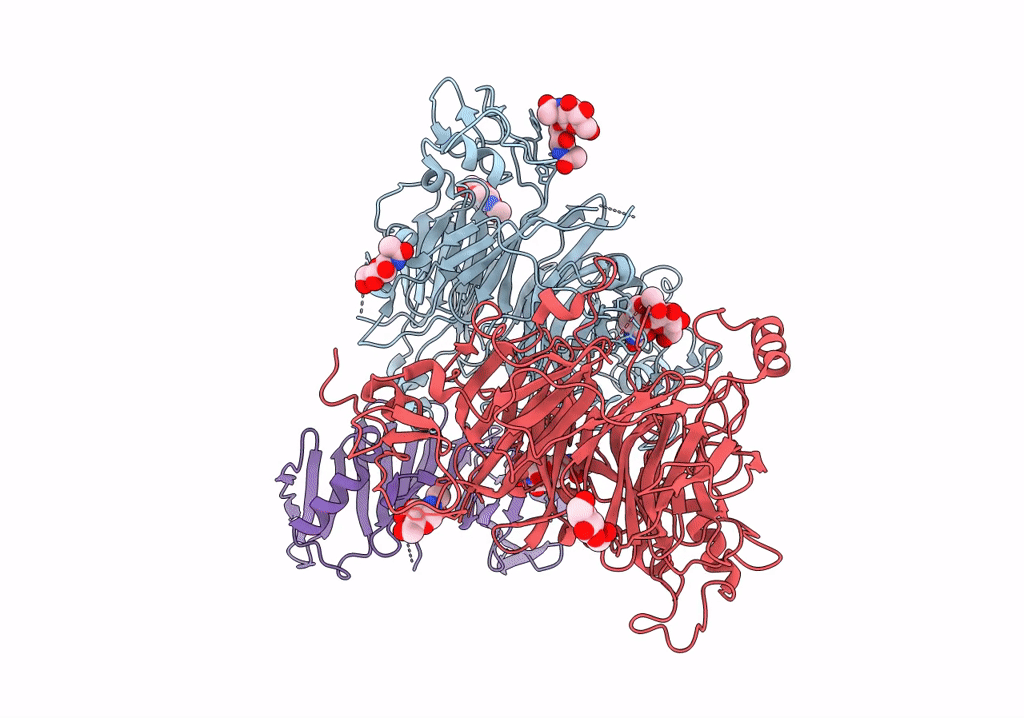
Deposition Date
2020-05-03
Release Date
2020-07-08
Last Version Date
2024-10-09
Entry Detail
PDB ID:
6WTS
Keywords:
Title:
CryoEM structure of the C. sordellii lethal toxin TcsL in complex with SEMA6A
Biological Source:
Source Organism:
Homo sapiens (Taxon ID: 9606)
Paeniclostridium sordellii (Taxon ID: 1505)
Paeniclostridium sordellii (Taxon ID: 1505)
Host Organism:
Method Details:
Experimental Method:
Resolution:
3.30 Å
Aggregation State:
PARTICLE
Reconstruction Method:
SINGLE PARTICLE


